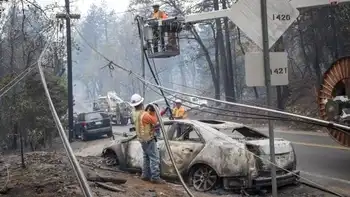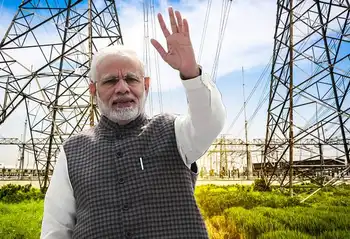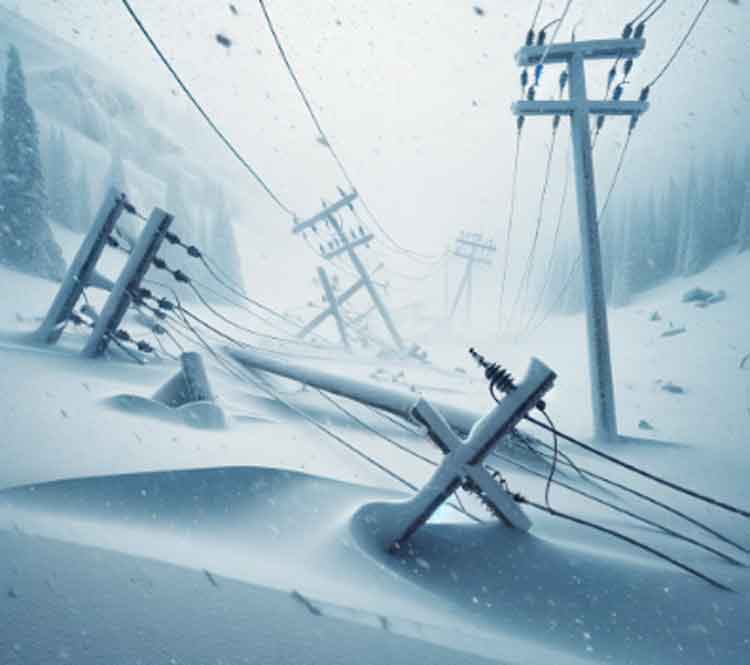Environmental engineer: Don't bury CO2, recycle it!
By Industrial Info Resources
NFPA 70b Training - Electrical Maintenance
Our customized live online or in‑person group training can be delivered to your staff at your location.

- Live Online
- 12 hours Instructor-led
- Group Training Available
The British Columbia-based environmental engineer has spent five years investigating and demonstrating how carbon dioxide could be recycled.
"We recycle plastic, why shouldn't we recycle carbon?" she asks rhetorically in an interview. "I am demonstrating a more sustainable and carbon-negative solution that has lower costs, treats carbon as an asset, and could extend the life of coal resources by up to 10 times."
Around the world, utilities, oil companies, energy agencies and industrial companies are collectively spending billions of dollars to investigate and prove various types of carbon capture and sequestration (CCS) technologies.
"I am trying to signal to the industry that it's cheaper to recycle carbon than to store it," Cundliffe says. "Companies should beware of the potential liabilities of long-term contracts to bury carbon dioxide, for example we lose access to this compound and control of it."
Cundliffe, President of Strategic Visionary Alternatives Limited, has held one pre-commercial demonstration of her technology at a commercial property located in south-central British Columbia. The company, which has received funding from private sources, governments and non-governmental organizations, filed a global patent application on the technology this past April.
Strategic Visionary Alternatives technology, called "Green Carbon," is a post-combustion technology that uses heat and special catalysts to split carbon dioxide into its constituent parts - carbon and oxygen. The carbon, captured as a fine powder not unlike pulverized coal, could either be re-injected into the combustion chamber for burning or captured in pelletized form for use elsewhere.
The pure carbon would have a British thermal unit (BTU) value that is 15% higher than Western coal, she says: "It is basically the same BTU value as metallurgical-grade coal with no impurities."
Carbon as a pure fuel could be used to enhance combustion of coal, natural gas and biofuels, she continues. Injecting pure carbon into a generating station's combustion chamber would lower the amount of coal or other fuels that would need to be extracted, transported and burned to produce electricity, thereby reducing the overall carbon footprint of electricity production while extending the productive lives of coal fields, gas fields and other sources of combustion fuels.
A first-stage concept prototype of the technology was installed at an industrial facility in Kamloops in 2006. A second demonstration installation took place at the same facility in 2008, and a third demonstration begins this year. All of these demonstrations have produced results that were "as predicted and a lot better," Cundliffe told Industrial Info, saying that her funders and investors have been "stunned, thrilled, and absolutely blown away" with the results to date.
Next stop: a larger scale-up, possibly commercially sized, which will start in 2011 and take about a year to construct. "We are gaining all kinds of technological know-how with each phase," says Cundliffe. "My goals are to conserve fuels, clean the air and balance the climate."
One other benefit of Green Carbon: It would impose a far lower parasitic load on power generators compared to the various CCS systems being demonstrated and validated around the world. The two major post-combustion CCS technologies, chilled ammonia and the use of amine solvents, impose respective parasitic loads of about 20% and 40% on a commercial scale.
Cundliffe says her technology demonstrations have shown a 13-15% parasitic load, and she wants to improve that to 10%. Electricity used to run these processes is electricity that a generator or industrial facility can't use or sell elsewhere, hence the term, "parasitic load."
A Green Carbon unit will cost about $20 million per 100-megawatt increment of electric generating capacity, plus a royalty fee of $30 per ton of carbon. The technology is a turnkey solution that is modular, scalable and has low operating costs, she says.
"At 100 megawatts of electric generating capacity, a Green Carbon unit would pay for itself in one year," assuming the enactment of laws limiting carbon-dioxide emissions, says Cundliffe. On June 26, the U.S. House of Representatives narrowly passed an omnibus energy bill containing carbon-emission limits. The bill is sponsored by Reps. Henry Waxman (D-CA) and Edward Markey (D-MA).
A Green Carbon unit could produce up to 120 tons of pure carbon daily from its 100 megawatts of electric generation servicing capacity, she adds.
The economics of the technology depend on delivered prices for coal, enactment of carbon dioxide emission limits in the U.S. and the costs of CCS systems, among other factors. "It costs about $70 per metric ton to bury carbon dioxide, far above the cost to recycle it," Cundliffe says.
Once the technology achieves commercial scale, the Green Carbon system would have a much smaller footprint than the different CCS systems being demonstrated at various power generators around the world. For each 100 megawatts of electric generating capacity, the Green Carbon units would fit in a footprint about the size of four to six 18-wheel tractor trailers, Cundliffe says.
U.S. companies that Cundliffe has met with are "generally much more open-minded" about Green Carbon than their peers from overseas.











